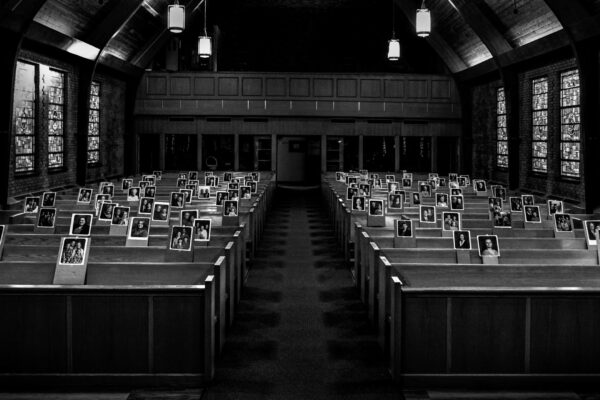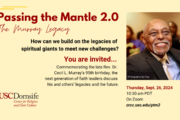“I long to see you so that I may impart to you some spiritual gift to make you strong—that is, that you and I may be mutually encouraged by each other’s faith,” Paul wrote in Romans 1:12.
The “gathering of the saints,” from temple worship to tent revivals, is an evolving tradition. Now, in the COVID-19 era, technology has added another dimension to how worshippers come together and experience worship services.
Before COVID-19, live-streaming services were only an option for congregations, but since the onset of the pandemic, live-streaming is mandatory for their survival. Churches are using live-streaming services such as Facebook Live, YouTube Live, Zoom, Google+ and Periscope—not to mention the number of third-party streaming services that allow for multiple platform simulcasting—to share words of encouragement to the online community. There have been both positive and negative outcomes from the sudden influx of online services being added to the already long list of activities churches provide their members.
The use of live-streaming has increased the viewership for smaller churches, which are now seeing hundreds and even thousands tune in to watch their service online. “Our online presence tripled since the outbreak, but the financial support has actually decreased,” said one South Los Angeles pastor—a common sentiment among churches, regardless of size.
A national survey of evangelical churches found that 65 percent of churches have seen a decline in giving, even while almost half of churches say their online viewing has grown to double or more of their regular in-person attendance. Some people may be watching out of curiosity, while others may be searching for answers. Regardless, the result of this increase in online attendance for churches is that many are now accountable to a much larger audience than they were previously.
Live-streaming has also impacted the persuasive strategies of church leaders, who are accustomed to seeking simply to raise “tithes and offerings.” Now, they must ask the online community to support the church’s nonprofit activities and to think of the needs of those who are on staff through the ministry. This shift marks an important reality: Not every online viewer will give to a church, but many will likely give to a cause to which the church is attached.
Read about how churches can care for their financial health here.
The live-streaming of services also has impacted the messaging of many preachers. In their own words:
- “I was used to preaching repentance and deliverance my entire career, but since Facebook Live, I’ve added more grace and empathy to most messages,” a bishop from Riverside shared.
- “The more I speak about turning from one’s wicked ways, the lesser the views, but the more I speak on God’s blessings and protection, the viewership increases,” said one pastor in Gardena.
- “Live-streaming used to be seen as another form of evangelism that connects the soul to the Lord, and the number of Facebook followers or views should not determine what God has put in your heart to share.”
The online community has quickly grown in unexpected ways, which has given rise to issues that the church must address. Whether churches wanted to or not, survival requires employing streaming services. While this period of uncertainty brings fear, it also is exciting to see churches use technology to express their message in new ways and to new audiences.
Donald Cook II is a guest contributor with the USC Center for Religion and Civic Culture.







